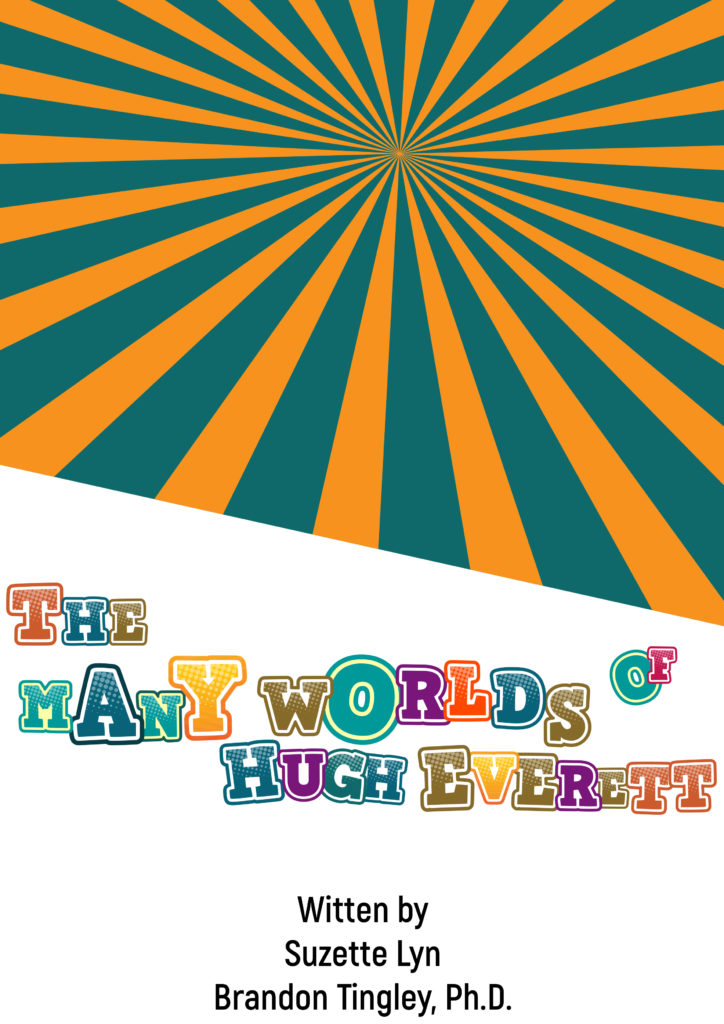
INTRODUCTION
Dr. Hugh Everett III was one of the more compelling and even bizarre figures in physics, someone was scorned and even ridiculed during their lifetime, only for the influence of their theories to grow beyond science and becoming a pop culture phenomenon after their death. Moreover, he truly and deeply believed in the consequences of his theories, which likely contributed to his death and the later suicide of his daughter.
MANY WORLDS INTERPRETATION IN SCIENCE
Basic concepts via Schrodinger’s cat
The many worlds interpretation (MWI) of quantum mechanics was in truth first proposed by Schrödinger himself, though Everett developed it independently and much more fully. The Schrödinger’s Cat thought experiment presents a perfect way to describe the similarities and differences between the “conventional” interpretation of QM and MWI.

In the first, the fate of the cat is uncertain, in essence both alive AND dead, until the box is opened, at which point the quantum uncertainty collapses – the act of observing destroys the uncertainty.
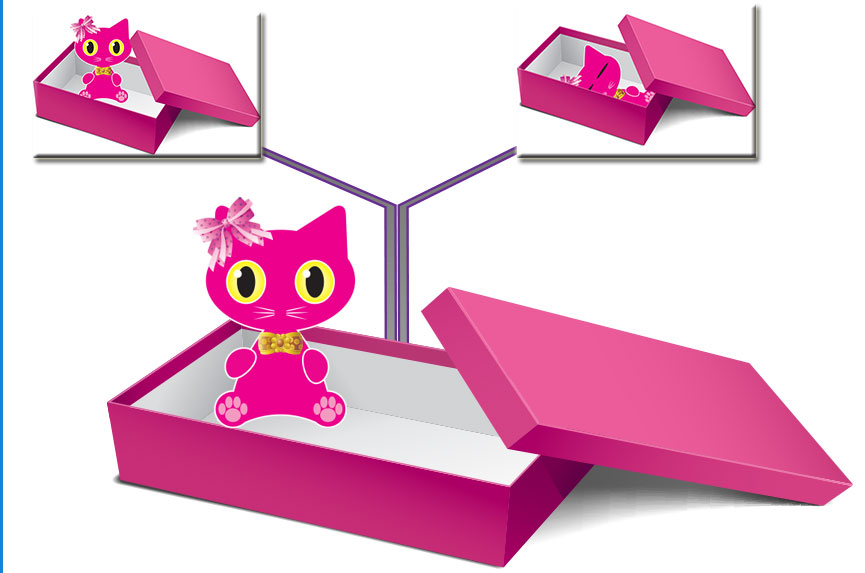
In MWI, the act of opening the box creates two parallel universes, one where the cat is dead and one where it is alive. The universe has in essence split into two nearly identical versions of itself, where the only difference is the state of the cat. The catch is that these two universes are utterly separate, there is no observing one from the other. The fate of the cat is sealed. And just because you can’t see the other universes, doesn’t mean they aren’t there.

Early negative reception
Disappointed and frustrated with the reception his work received, he left academia after finishing his dissertation and went to work at the Pentagon on a secret Cold War project based on game theory – in fact, some of his work is still classified.
Hugh in Copenhagen
He did ultimately visit Niels Bohr in Copenhagen to discuss the principles of his theory.
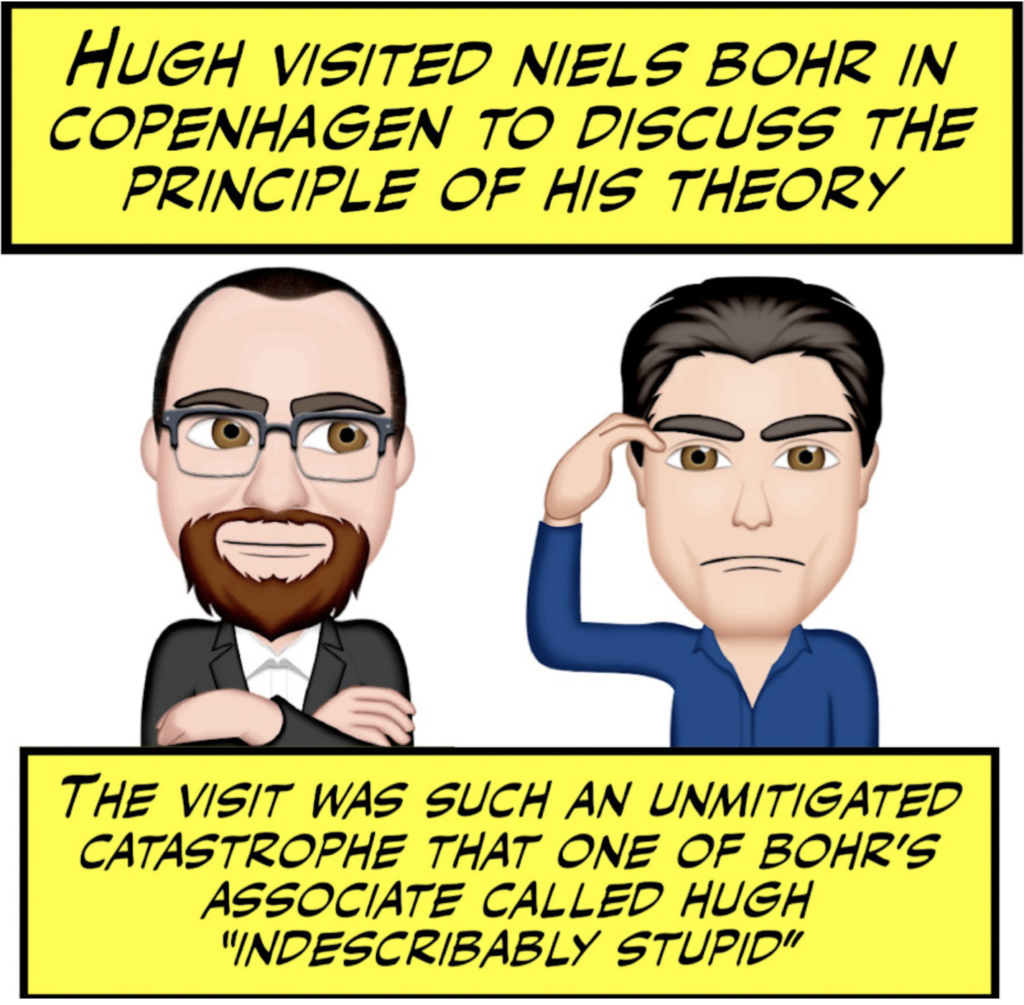
Growing influence
Over time, though, MWI has gained in influence, particularly among cosmologists. The Universe as we see it is simply incredibly unlikely: even tweaking the values of some universal constants by a tiny amount would be enough to make sure that we would never have had a chance to evolve.
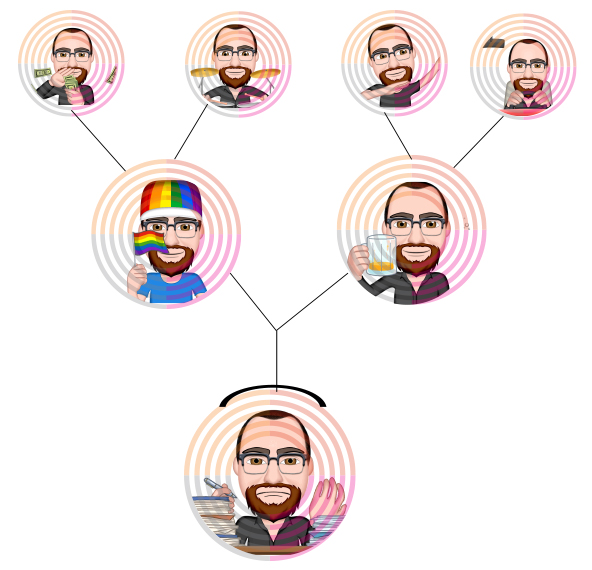
It boggles the mind that everything has worked out exactly the way it has by, in essence, dumb luck. It makes far more sense that uncountably many Universes have existed or do exist and we inhabit one of the lucky few.
MANY WORLDS INTERPRETATION IN POP CULTURE
Themes quite similar to MWI have been employed in fiction for centuries, long before the development of quantum mechanics. One could argue that ancient mythologies, for example the Norse, with Valhalla and Jondheim, do as well. However, these generally involved crossing into alternative realities or different planes of existence, which isn’t really what WMI is about. Some authors, such as Michael Moorcock, cite MWI specifically as an inspiration but again lack certain fundamental insight.
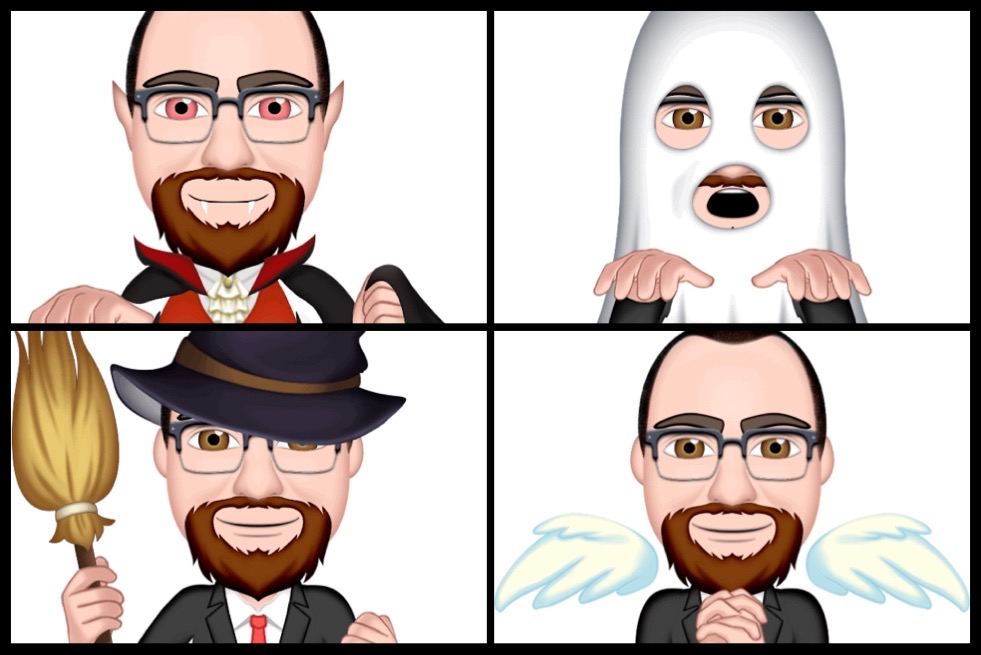
The idea of exploring multiple futures from a specific moment in time, with different events unfolding based on different choices, does come closer to the true spirit of MWI. This thematic element has shown up repeatedly in both literature and movies. The 1998 movie “Sliding Doors”, for example, follows two separate outcomes of a woman’s life, depending on whether or not she made a particular train. Another interesting example can be found in the last two chapters of the Avengers movies: Infinity War and End Game. In these movies, one character searches many different future timelines in order to find a course of action that allows the highest chance of successfully overcoming the antagonist.
MANY WORLDS INTERPRETATION AS A PHILOSOPHY
Quantum Immortality
As a consequence of MWI, another thought experiment along the lines of Schrödinger’s cat was developed, more bordering on a philosophical principle than anything else: the idea of quantum immortality.

Let’s think of it as Schrödinger’s Roulette. If you spun the barrel of the gun, held it to your head, and pulled the trigger, your awareness would only continue in the universes where the chamber was not loaded. No matter how many times you repeated this act, this would be the result, although in an increasingly smaller fraction of all possible universes. Thus, in a way, one has obtained a type of immortality.
The death of Hugh Everett and suicide of his daughter Elisabeth
Hugh Everett III died at the age of 51 of a heart attack. He had been known to discuss the concept of quantum immortality with colleagues and friends, stating that his awareness would continue in whichever parallel universe where he did not die. Perhaps this explains some of his life choices — chain smoking and eating and drinking to excess — which inevitably contributed to his early demise. A firm atheist, he has asked that his ashes be thrown out with the trash. After a few years, they were.
Unfortunately, this story does not end here. Hugh Everett III’s daughter and oldest child Elisabeth committed suicide 14 years after his death after a long bout with mental illness. In her suicide note, she wrote that she wanted her ashes to be thrown out in the trash, like her father’s, in the hope that she would “end up in the correct parallel universe with Daddy”.
The Eels album Electroshock Blues
Hugh Everett III’s one surviving child is critically acclaimed musician Mark Everett, leader of the band the Eels. His album “Electroshock Blues”, released in 1998, is greatly inspired by his sister and his father. Furthermore, he was involved with an award-winning documentary called “Parallel worlds, parallel lives” (available on Vimeo) that details his pursuit of his father and his father’s work.
